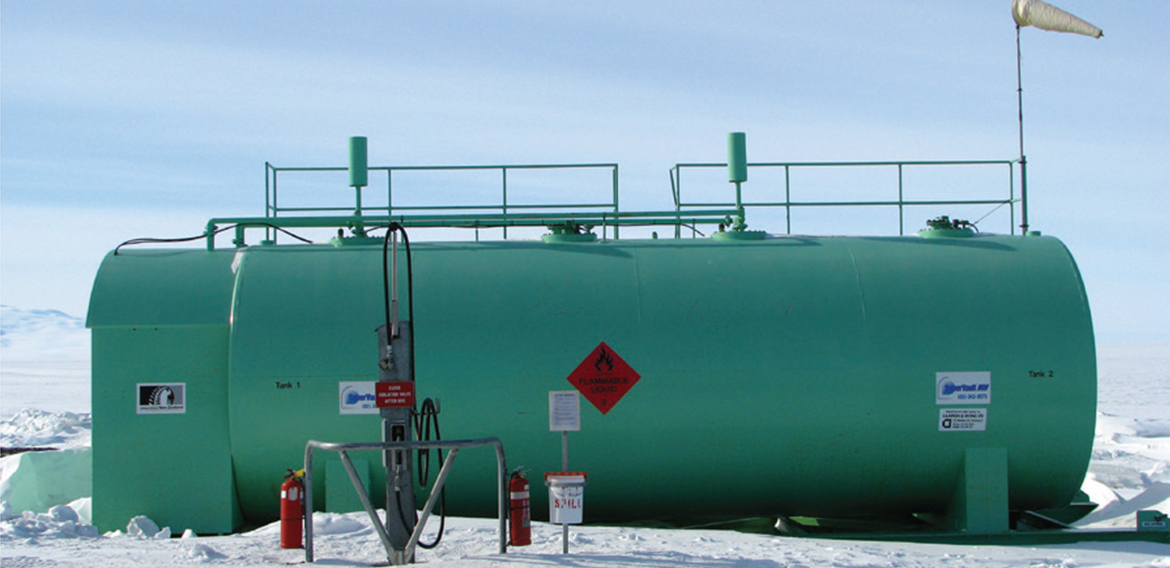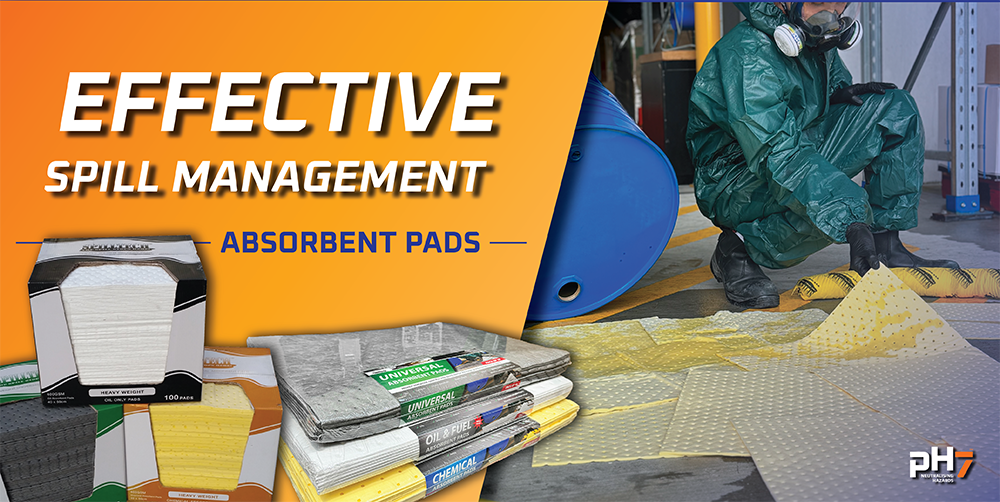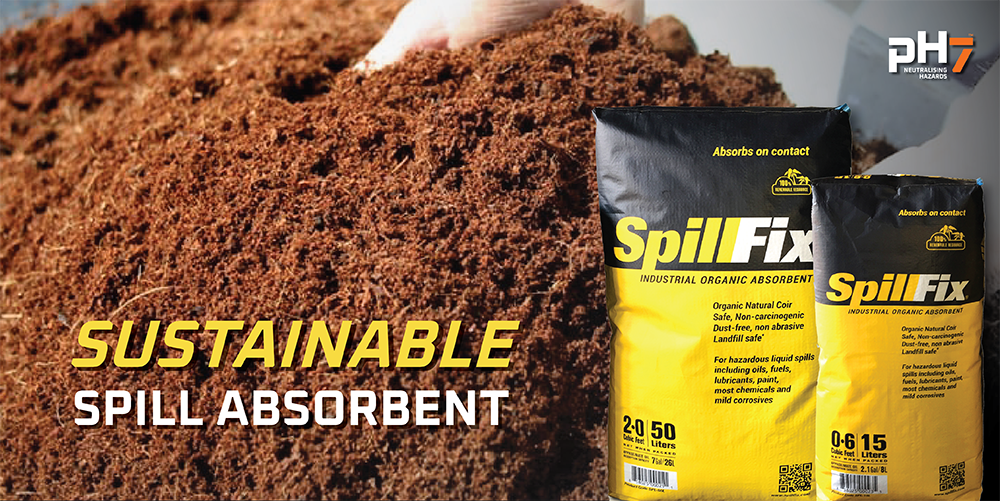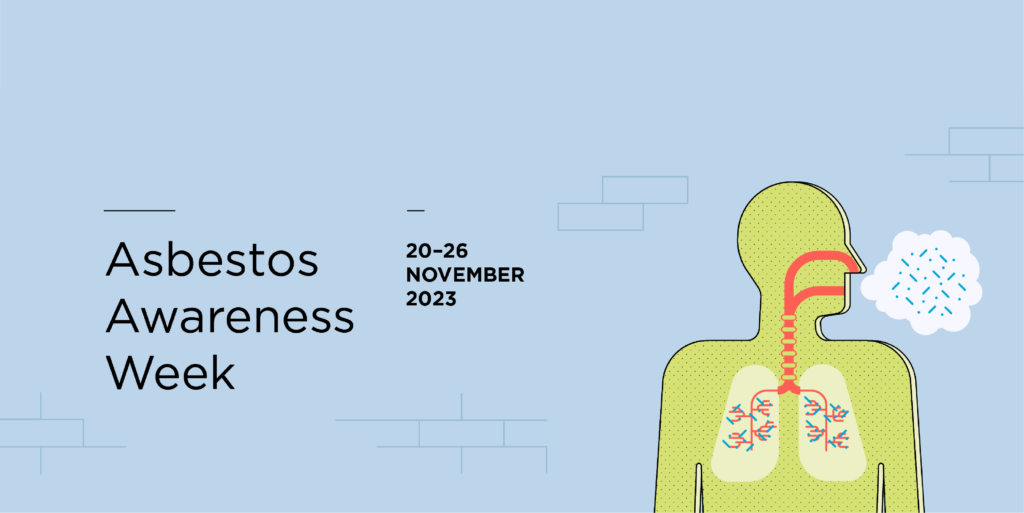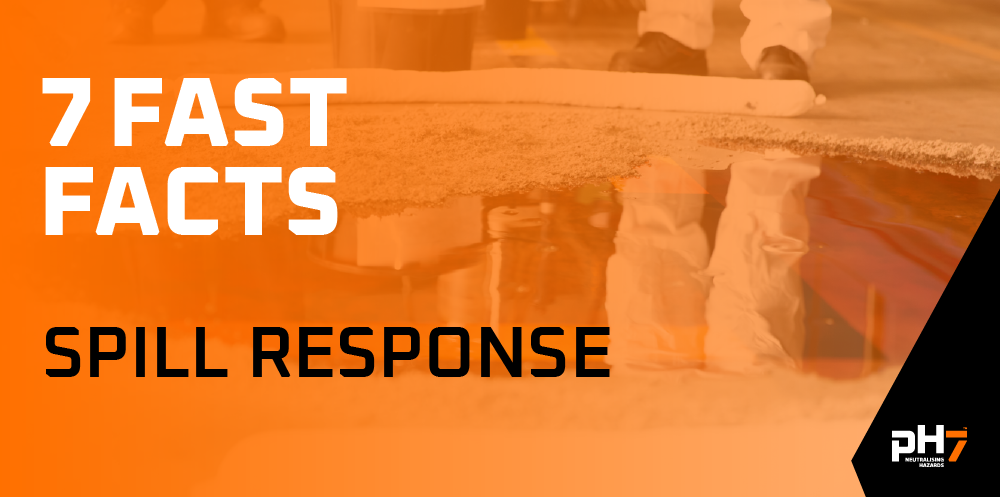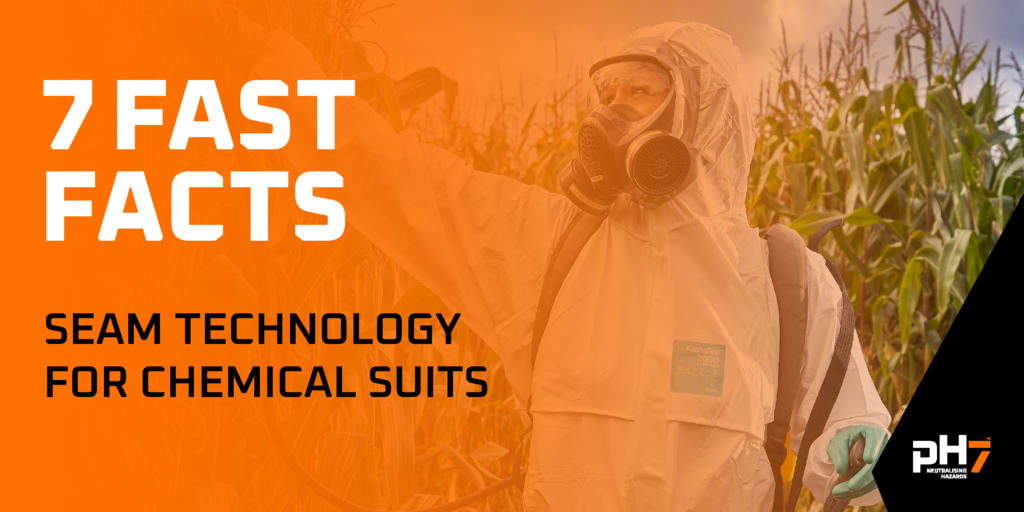Emergency showers and eyewashes offer critical first response for any business that stores or uses hazardous substances. In the event of a chemical emergency where corrosive or toxic substances splash onto a person’s face or body, they need to be able to reach an emergency shower or eyewash within 10 seconds and flush the affected area for at least 15 minutes.
A rapid response to chemical splashes to the face and body with a deluge of water from an emergency shower and eyewash that meets the appropriate performance standards, can be the difference between a close escape or permanent damage and disability. But what happens if the water coming out of your emergency shower and eyewash is so cold you can’t stay under it?

Both AS4775 (The Australian Standard) and ANSI Z 358.1 (The American Standard) stipulate that all emergency showers and eyewashes must deliver “Tepid” water. Tepid, is defined as being between 16°C to 38°C and is important because water that is too cold could lead to the patient stopping treatment early and water that is too hot could speed up chemical reactions with the skin, before the chemicals can be properly flushed away.
In New Zealand, most emergency showers and eyewashes are connected to the mains cold water supply. Cold water temperatures vary across the country with winter temperatures likely to be significantly lower than 16°C, especially the further south you head. To make matters worse, if chemicals are stored outside then it’s likely the emergency shower and eyewash will be installed close to where the potential danger lies. This could compound the problem of cold-water usage as the patient may also be exposed to elements, including wind chill.
In order to meet the requirement of tepid water delivery set out in the standards it will be necessary in many instances to install a thermostatic mixing valve with the emergency shower and eyewash.
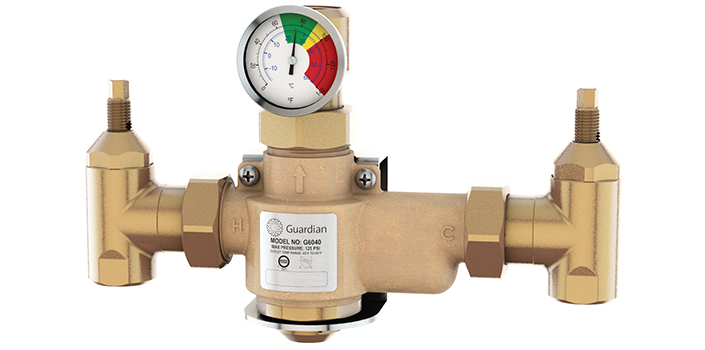
The mixing valve must do more than just allow you to set the outlet temperature. It must also have enough capacity to deliver the required flow rates as set out in the standards, which are a minimum 75.7 litre per minute for emergency showers and 11.4 litres per minute for emergency face/eyewashes. In addition, it’s important that any loss in cold or hot water supply is treated differently. A loss of hot water should result in a “cold-water bypass” so the emergency shower and eyewash will still operate. However, in the event of a loss of cold water, the mixing valve should shut off to avoid scolding the patient.
When it comes to installing emergency showers and eyewashes it’s important that the plumber understands the requirements of the standards (AS4775 and/or ANSI Z358.1). As well as installation in the correct location, understanding the required flow rates and water temperature is also critical. If you’d like any advice and what the standards required and how you can help your clients meet that standards, then talk to the team at ph7 International on 0800 323 223, email enquiries@dilnz.co.nz or visit us online at www.ph7.co.nz.
